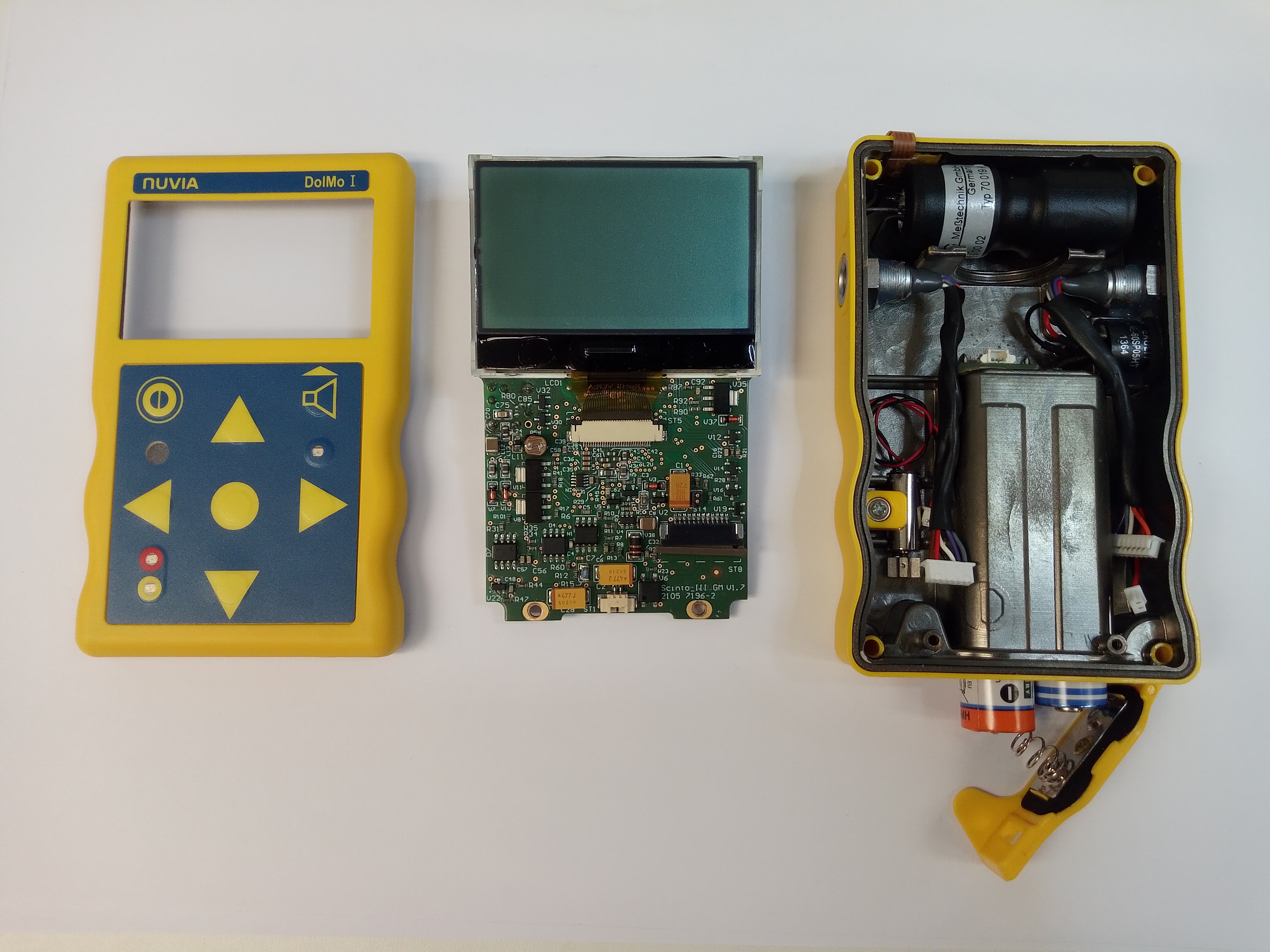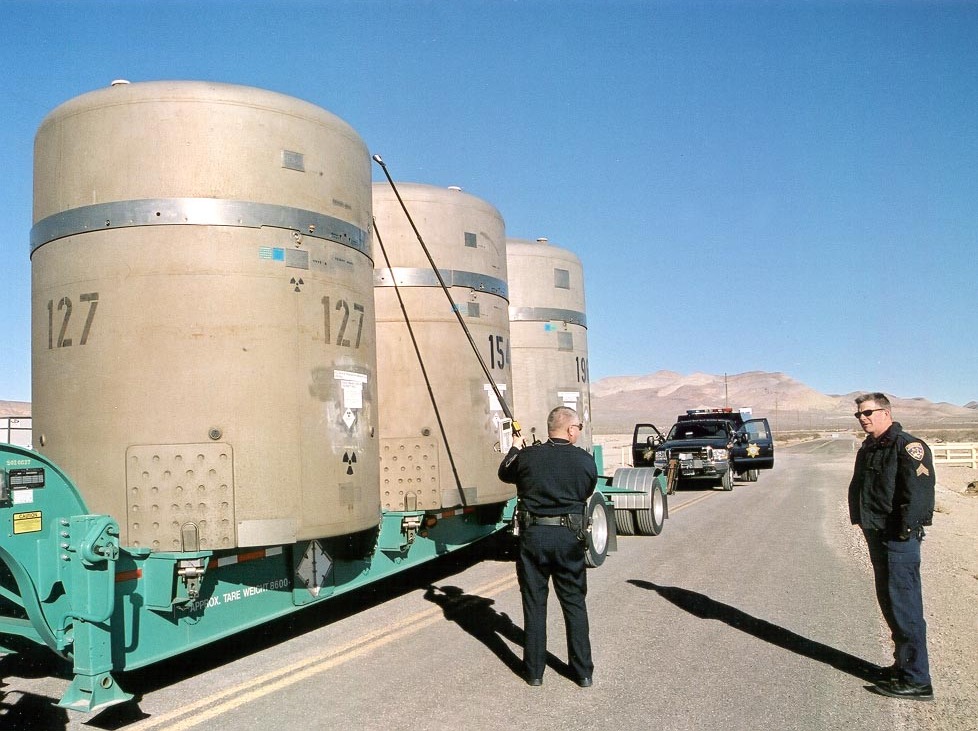Geiger-Müller counters
Enlarge text Shrink textA Geiger counter (, GY-gər; also known as a Geiger–Müller counter or G-M counter) is an electronic instrument for detecting and measuring ionizing radiation with the use of a Geiger–Müller tube. It is widely used in applications such as radiation dosimetry, radiological protection, experimental physics and the nuclear industry. "Geiger counter" is often used generically to refer to any form of dosimeter (or, radiation-measuring device), but scientifically, a Geiger counter is only one specific type of dosimeter. It detects ionizing radiation such as alpha particles, beta particles, and gamma rays using the ionization effect produced in a Geiger–Müller tube, which gives its name to the instrument. In wide and prominent use as a hand-held radiation survey instrument, it is perhaps one of the world's best-known radiation detection instruments. The original detection principle was realized in 1908 at the University of Manchester, but it was not until the development of the Geiger–Müller tube in 1928 that the Geiger counter could be produced as a practical instrument. Since then, it has been very popular due to its robust sensing element and relatively low cost. However, there are limitations in measuring high radiation rates and the energy of incident radiation. The Geiger counter is one of the first examples of data sonification.
Read more on Wikipedia >
 Topic
Topic












